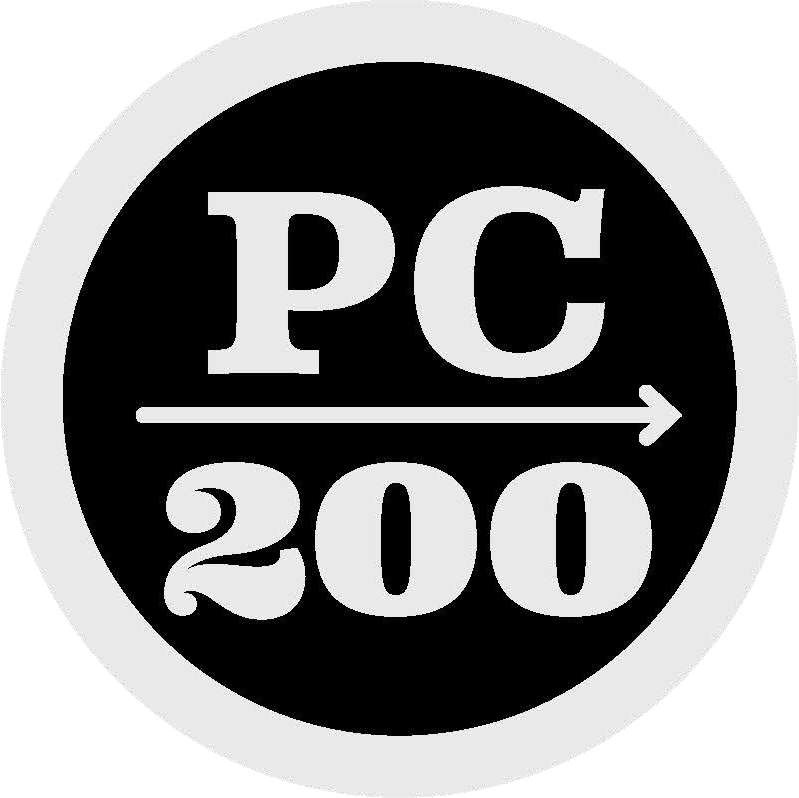DOES THE FORMAT OF A FINANCIAL AID PROGRAM MATTER? THE EFFECT OF STATE IN-KIND TUITION SUBSIDIES
This paper examines the importance of format in aid programs, focusing on state appropriations to public postsecondary institutions. These funds subsidize costs for in-state students, but they may also influence choices between institutions due to their in-kind format. Using the conditional logistic choice model and extensive match-specific information, the paper approximates the choice between nearly … Read more
